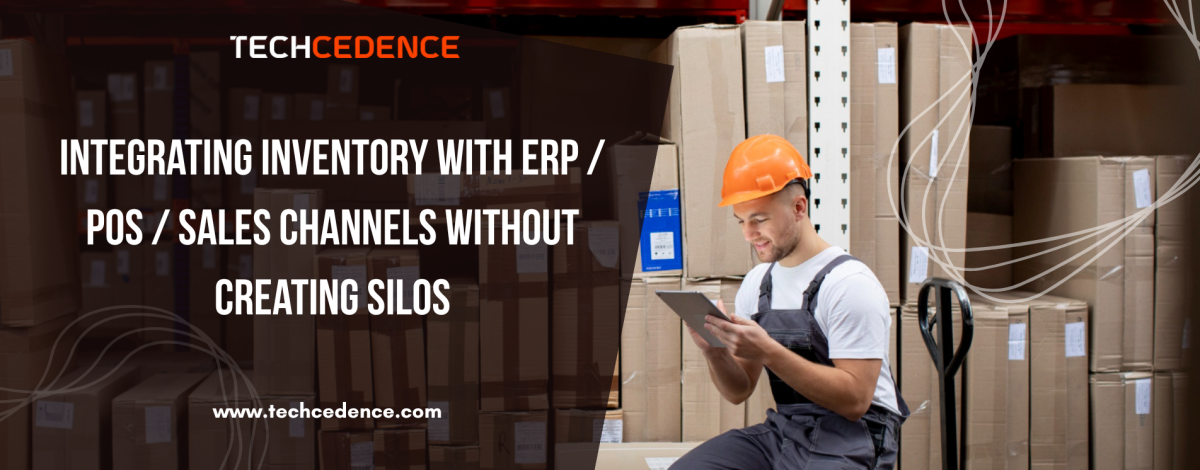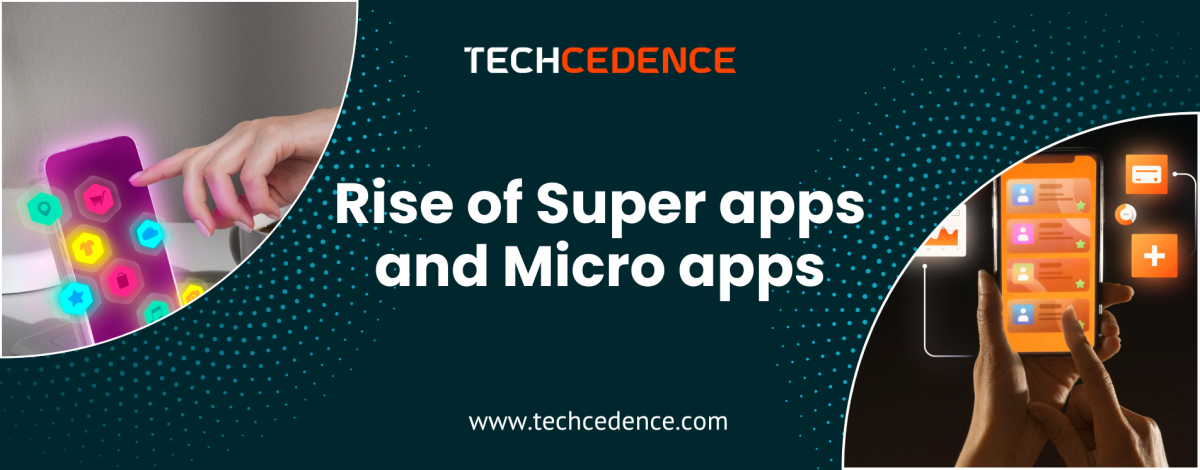Every web app has a clear goal of providing value quickly and evolving as a user’s requirements change. But, with new feature requests coming in, tighter timelines, and rolling out updated content, the little quality compromises can add up. These compromises, often made to meet an immediate goal, eventually contribute to what we refer to as technical debt.
However, technical debt isn’t just about coding challenges, but operational challenges; it can slowly undermine innovation, elevate costs, and erode a system’s ability to easily scale. The implications of technical debt can be huge for businesses as they scale due to slower update cycles, bug fixes, and maintenance efforts.
In order to keep and evolve a web app and to avoid technical debt, there’s a discipline, forethought, and a repeatable process. It is the balance of speed and sustainability so that what is improved today does not become a hurdle for tomorrow.
Understanding Technical Debt in Web Applications
Technical debt refers to the future cost of a quick or not-quite-ideal design decision made during development. Teams encounter technical debt when they prioritize speed over good design and will choose the quicker solution to meet a deadline instead of designing for scale and maintainability.
In a web application, there are different types of technical debt. This could be an old framework, some inconsistencies in the code structure, insufficient documentation, or a legacy piece of software that no longer serves the business goal. As time goes on, the inefficiencies compound and will make augmenting new features much more challenging, resulting in more bugs, longer development timelines, and higher maintenance costs.
While all technical debt cannot be avoided, especially on fast-moving projects, the ultimate goal is to identify and manage it as early as possible. Reassessment audits defined code structure standards, and pre-planning can assist the team in balancing quick development with long-term stability.
For companies that depend on web applications to assist customers or run their business, recognizing and understanding the technical debt is the first step to developing a sustainable foundation for future modifications that are non-disruptive.
Strategies to Maintain and Evolve Web Apps Effectively
Maintaining and evolving a web application requires more than just fixing bugs and updating code. It means taking a disciplined and ongoing approach that guarantees your system remains scalable, secure, and an efficient web application. Here are a few essential practices to maintain and evolve web apps without accumulating technical debt.
1. Adopt a Modular Architecture
When web apps are built using modular components, teams can make changes to or replace smaller portions of the app without impacting the whole application. This decreases complexity, allows for better testing, and enables the web app to remain flexible as technology changes.
2. Prioritize Code Reviews and Documentation
Consistently reviewing code allows for ensuring quality and addressing short-term fixes without having those fixes become long-term issues later. Keeping documentation clear helps those who work on code several months later understand the decisions, meaning less reliance on individual contributors.
3. Automate Testing and Deployment
Automation of testing and deployment through tools reduces human error and speeds up deployment cycles. Continuous Integration and Continuous Deployment (CI/CD) pipelines ease the integration of updates and limit the risk of newly introduced bugs.
4. Schedule Regular Refactoring
Refactoring the code base and architecture at regular intervals keeps the web app performant to best practices, avoiding costly redesigns and extensive refactors. Modest and manageable scheduled improvements prevent encumbering more expensive overhauls later.
5. Monitor Performance Metrics
Utilizing real-time monitoring tools allows for discovering performance bottlenecks early. Monitoring load times, error rates, and resource consumption may help distill where issues are emerging, especially before users experience adverse effects.
6. Align Development with Business Goals
Technical teams should collaborate with business partners to make sure updates and changes directly match growth goals. This minimizes wasted efforts and maintains focused priorities.
By executing these directions, businesses can maintain continuous improvement and regulate technical debt and evolve web applications in response to business changes.
How Techcedence Ensures Sustainable Web App Evolution
At Techcedence, the evolution and maintenance of web applications is more than just a matter of updates; it is about building digital ecosystems that continue to stay trustworthy, safe, and equipped for the future. Our approach is centered around the idea of reducing the risks of technical debt through intentional practices of development and purposeful approaches to maintenance.
Our development methodology emphasizes scale and long-term value. By implementing contemporary architectures, deployment pipelines supported through automated testing, and thorough documentation practices, each project is positioned to evolve without undermining quality. The team ensures that code stays tidy, modular, and facile to extend, thus permitting businesses to respond to change expeditiously as the market evolves.
We value business alignment heavily, in addition to technical precision. Every enhancement or update is measured not just for technical merit, but also for connection to operational goals and customer experience. This blend of engineering discipline and vision enables organizations to sidestep significant technical debt and maintain sustainable growth.
We employ specialized web app development know-how, assisting businesses in maintaining their digital agility, empowering them to innovate in confidence, scale with ease, and stay influential amid competition.
Conclusion
Web applications are becoming increasingly complex, and ensuring performance and adaptability is an ongoing burden. Ignoring the signs of technical debt can quietly erode efficiency, inhibit innovation, and increase costs over time. Organizations that take the time to proactively think and act – from modular architectures to automated testing – are ensuring evolution is not at the cost of sustainability.
Partnering with an expert technology provider such as Techcedence will help guide and create a better balance between speed and structure. Techcedence complements its skills designing scalable web apps with disciplined engineering to help organizations reduce technical debt and improve performance to gain a digital platform that is future proofed.









